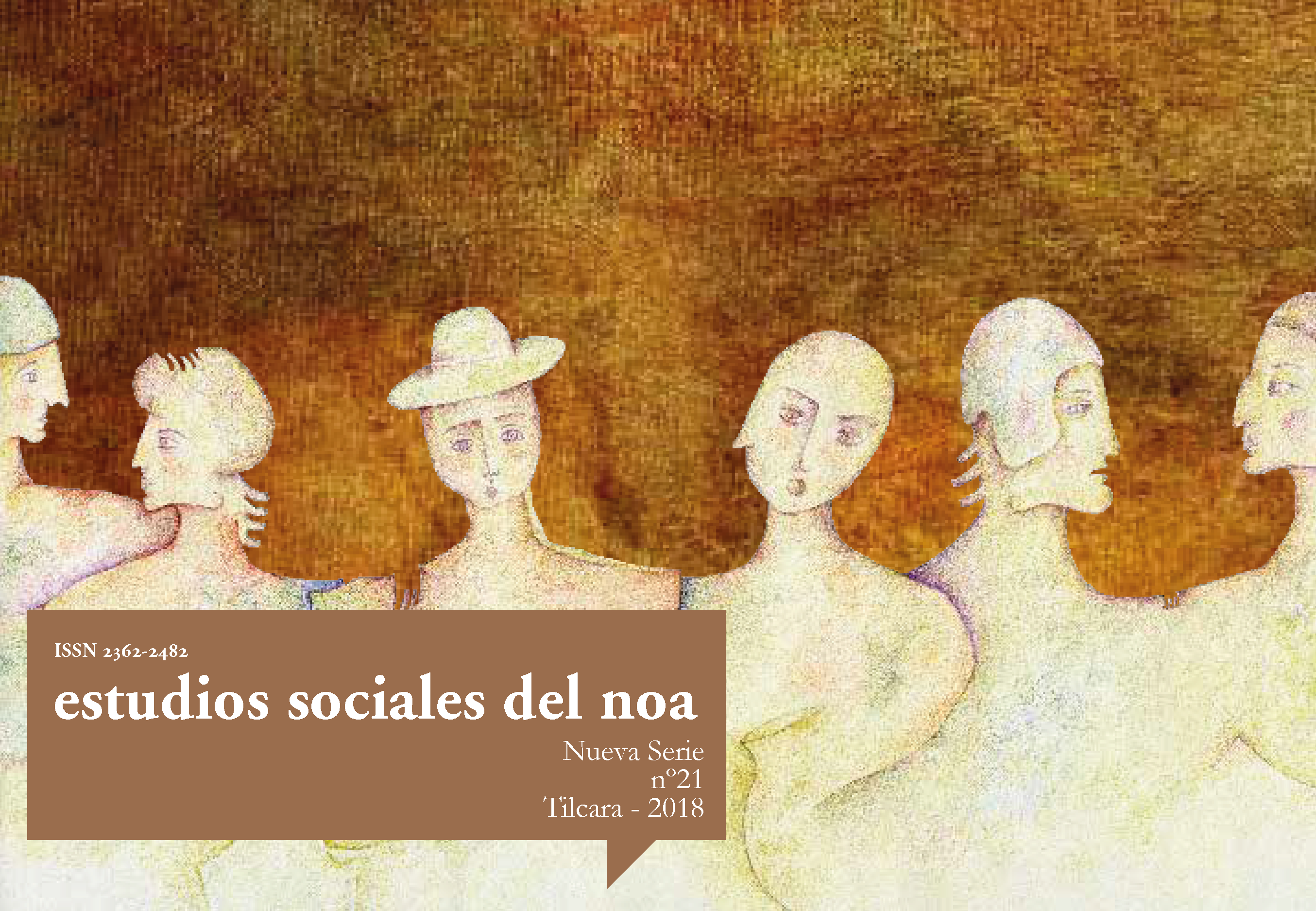Cambios y continuidades en la manufactura de materiales cerámicos del sitio Moreta (Puna de Jujuy, Argentina), siglos VIII a XV AD
Abstract
The results of the study of ceramic materials from Moreta are presented here, including ceramic fragments from two excavated contexts with different chronologies and with vessels from the Márquez Miranda collection. This article aims to understand the technological traditions that were employed in the manufacture of these materials and changes in those over time. To this end, we studied attributes related to the sequence of procedures in the operational chain, including a study of raw materials through paste analysis in binocular and petrographic microscopes, traces of modelling techniques, morphologies, surface finishes and decoration. These studies and previous ones, allow us to identify a first moment in which ceramic materials were related to those of the southern Pozuelos basin, the area of the Miraflores-Guayatayoc basin and the Humahuaca Gorge. Later, we register a change to Yavi-Chicha technological traditions, related to the northern Puna and southern Bolivia, which later show Inka influence through the incorporation of new morphologies and decorative attributes.Downloads
Authors who publish in this journal accept the following conditions:
- The authors or translators retain the copyright and assign to the journal the right of first publication, with the work registered under the Creative Commons Attribution-NonCommercial-ShareAlike 4.0 International, which allows third parties to use what published as long as they mention the authorship of the work and the first publication in this journal.
- Authors may enter into other independent and additional contractual agreements for the non-exclusive distribution of the version of the article published in ESNOA (eg, include it in an institutional repository or publish it in a book) as long as they clearly indicate that the work was first published in this journal.












